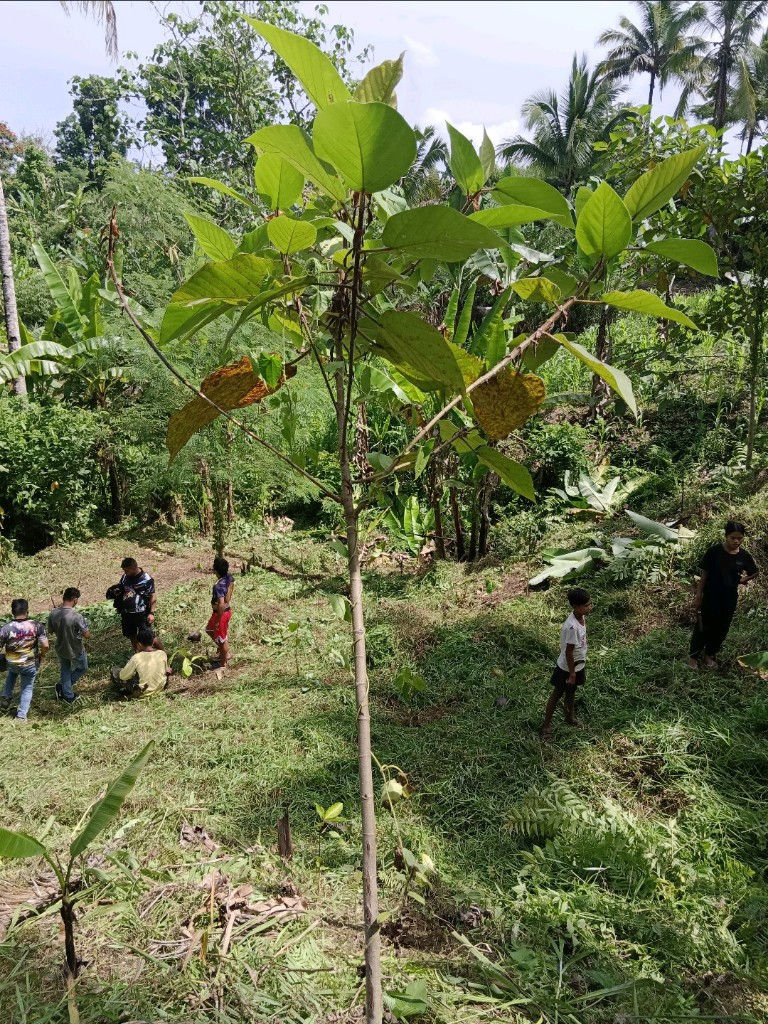- Dec 9, 2023
- 2 min read
I now understand the saying "People overestimate what they can achieve in a year, but underestimate what they can achieve in 3 years.”
So, for the last 12 months I have been working on the Geoblocs platform.
The first version took a lot of time and money and by the end was completely unstable, culminating in it getting hacked and then crashing and burning. This happened at the event where I was supposed to be launching the platform.
At this stage I was faced with trying to patch it up or completely pulling the plug and starting from the ground up. I chose the latter. We were able to resurrect most of the original so we parked it on another server and then used it as a template to build the new one. On a new architecture, a new server, and most importantly a new developer. This all happened around July-August, so fast forward to now; the site is very nearly complete and the blockchain integration is looking really good. It will offer a frictionless experience even to people with little blockchain experience.
On the ground we have been busy on Mindanao with our test plot. We have also helped the community by buying a de-pulper and a dehuller for coffee. This will help lessen the workload and improve output. We are in talks with the Shindig festival who sponsored the project to sell the coffee at the festival next year.
We have been steadily growing the network and are now actively working in several Barangays on Mindanao. We have joined forces with Gainforest to help collect data from the existing forests and they pay the communities for the data.
We have also started a really interesting project in West Cork, that focuses on a stretch of the river Caha. This is re-wilding/holistic management to create a highly biodiverse biotope.
Some other exciting news is we will be going to Mindanao in March 2024 with a small film crew to make a documentary about GEIA and the work we are doing. This will show how even small changes can make a huge difference when we think regeneratively. This journey is all about collaboration and what at first seemed a daunting, all but impossible, task is now looking like it has a fighting chance.
It is becoming glaringly obvious now that our only hope is a ‘regen' economy. I believe we have to capitalise on capitalism. We can create way more abundance regenerating her than we ever made destroying her, and there are so many people in this space who are working towards this goal.
"We are the regen generation,”

















